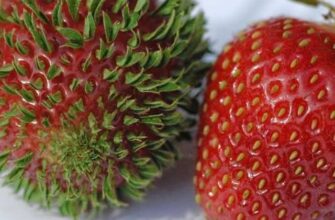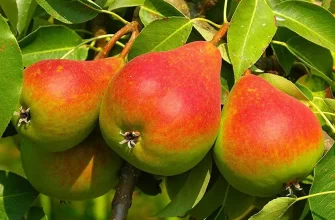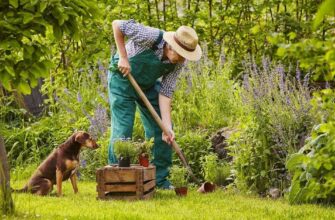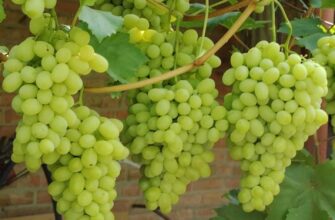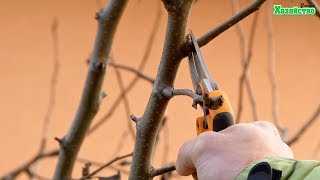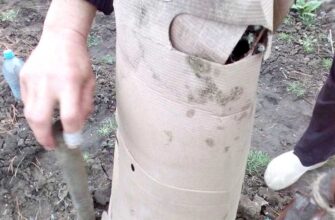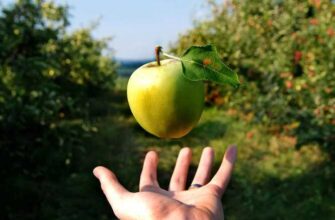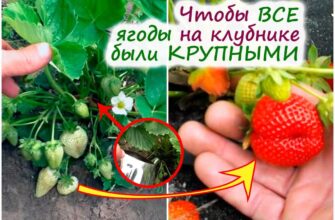- Подготовка виноградной лозы
- Основные этапы ухода до начала цветения
- 1. Подготовка почвы
- 2. Обрезка виноградных лоз
- 3. Подвязывание лоз
- 4. Защита от болезней и вредителей
- Выбор места для посадки
- Микроклимат
- Почва
- Расстояние между растениями
- Подготовка почвы
- Удаление сорняков
- Определение pH почвы
- Выбор сорта винограда
- Подготовка саженцев
- Правила ухода
- Удобрение и полив
- Правила посадки виноградом
- Выбор места для посадки
- Подготовка почвы
- Расстояние между растениями
- Подкормка и полив
- Опоры для винограда
- Организация опоры для винограда
- Защита от болезней и вредителей
- Профилактика болезней
- Борьба с вредителями
- Подкормки и полив
- Формирование куста
- Поддержание оптимального микроклимата
- Вопрос-ответ:
- Какие основные мероприятия нужно провести для ухода за виноградом до начала цветения?
- Как правильно подкормить виноград до начала цветения?
- Какую обрезку провести у винограда до начала цветения?
- Какие защитные мероприятия нужно провести для винограда до начала цветения?
- Как часто нужно поливать виноград до начала цветения?
- Видео:
- Уход за виноградом до цветения
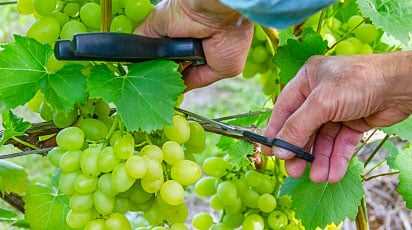
Ухаживать за виноградом до начала цветения является важным этапом возделывания этого растения. Как правило, цветение начинается в конце весны или начале лета, поэтому нужно позаботиться о винограде заранее, чтобы он был здоровым и устойчивым к болезням.
Одна из основных рекомендаций – это обеспечить винограду достаточное количество света. Для этого необходимо выбрать правильное место для его посадки, где растение будет получать максимальное количество солнечных лучей. Кроме того, нужно убедиться, что виноград не затеняется другими растениями или строениями.
Важно также обеспечить растению достаточное количество влаги. В период до начала цветения виноград активно растет, поэтому нужно регулярно поливать его, особенно в периоды засухи. Однако стоит помнить, что стоячая вода может привести к гниению корней, поэтому важно не переусердствовать с поливом и обеспечить хорошую дренажную систему для отвода излишков влаги.
Подготовка виноградной лозы
Подготовка виноградной лозы перед началом цветения является важным этапом в уходе за виноградом. Как правило, цветение начинается в середине лета, поэтому необходимо заблаговременно предусмотреть все необходимые меры и ухаживать за лозой до этого периода.
Во-первых, необходимо подрезать лишние побеги, чтобы обеспечить лозе достаточное количество питания и солнечного света. Для этого можно использовать острые садовые ножницы и аккуратно удалить все ненужные побеги.
Во-вторых, необходимо обеспечить поддержку для виноградной лозы. Можно использовать специальные опоры или просто привязать лозу к решетке или дереву. Это поможет предотвратить повреждение лозы и обеспечить ей правильное расположение.
Кроме того, необходимо удобрить почву вокруг виноградной лозы. Для этого можно использовать специальные удобрения или органическое вещество, такое как компост или перегной. Удобрение поможет обеспечить лозе все необходимые питательные вещества для роста и развития.
В целом, подготовка виноградной лозы перед началом цветения включает в себя ряд важных шагов. Необходимо ухаживать за лозой, подрезать лишние побеги, обеспечить ей поддержку и удобрить почву. Только так можно добиться здорового и обильного урожая винограда.
Основные этапы ухода до начала цветения
1. Подготовка почвы
Перед началом цветения винограда необходимо обеспечить ему хорошие условия для роста и развития. Для этого проводят подготовку почвы. Необходимо удалить сорняки и обработать грунт, чтобы улучшить его воздухо-водный режим. Также можно внести удобрения, которые помогут растению получить необходимые питательные вещества.
2. Обрезка виноградных лоз
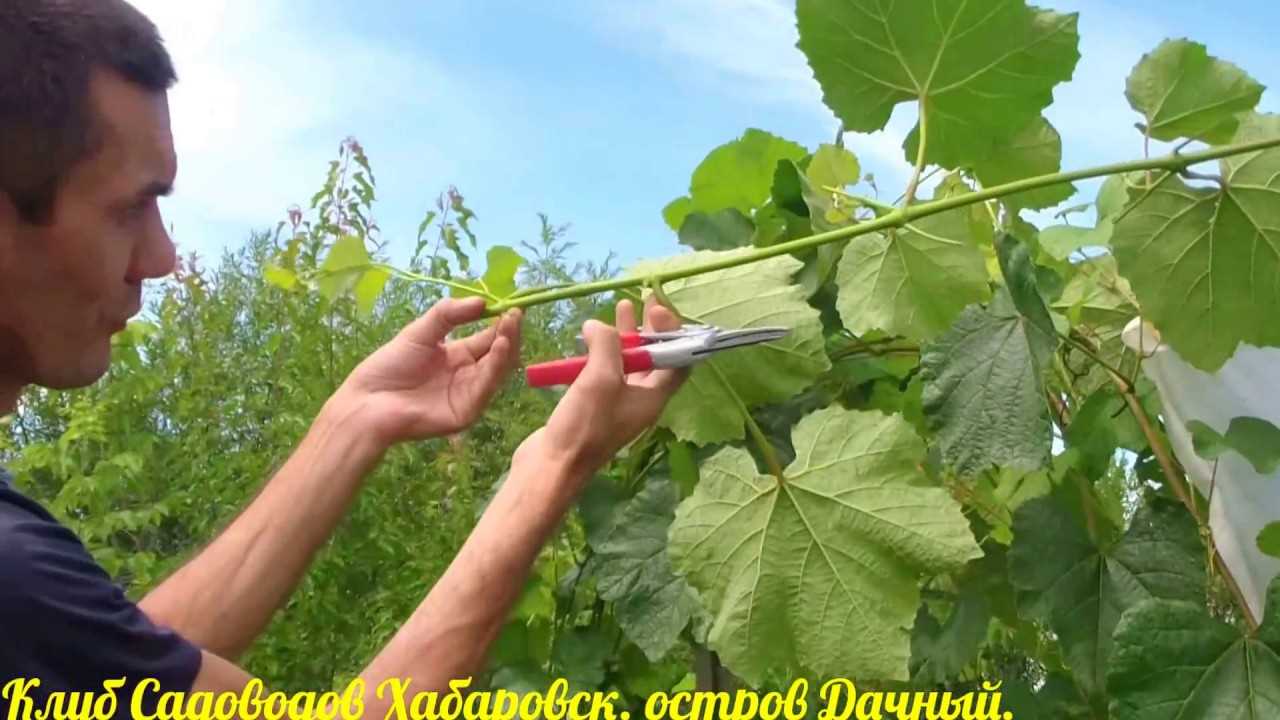
Обрезка виноградных лоз является неотъемлемым этапом ухода до начала цветения. Она позволяет формировать правильную крону растения, улучшить ее проветриваемость и способствовать образованию плодов. Обрезка проводится в период покоя винограда, до начала его активного роста и цветения.
3. Подвязывание лоз
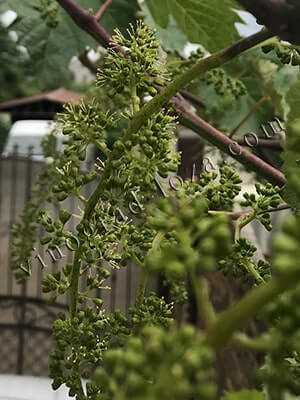
Виноградные лозы нуждаются в поддержке, чтобы не повредиться от ветров, осадков и собственного веса. Поэтому перед началом цветения важно провести подвязывание лоз к опорной конструкции. Это помогает сохранить их вертикальное положение и обеспечить равномерное освещение всего растения.
4. Защита от болезней и вредителей
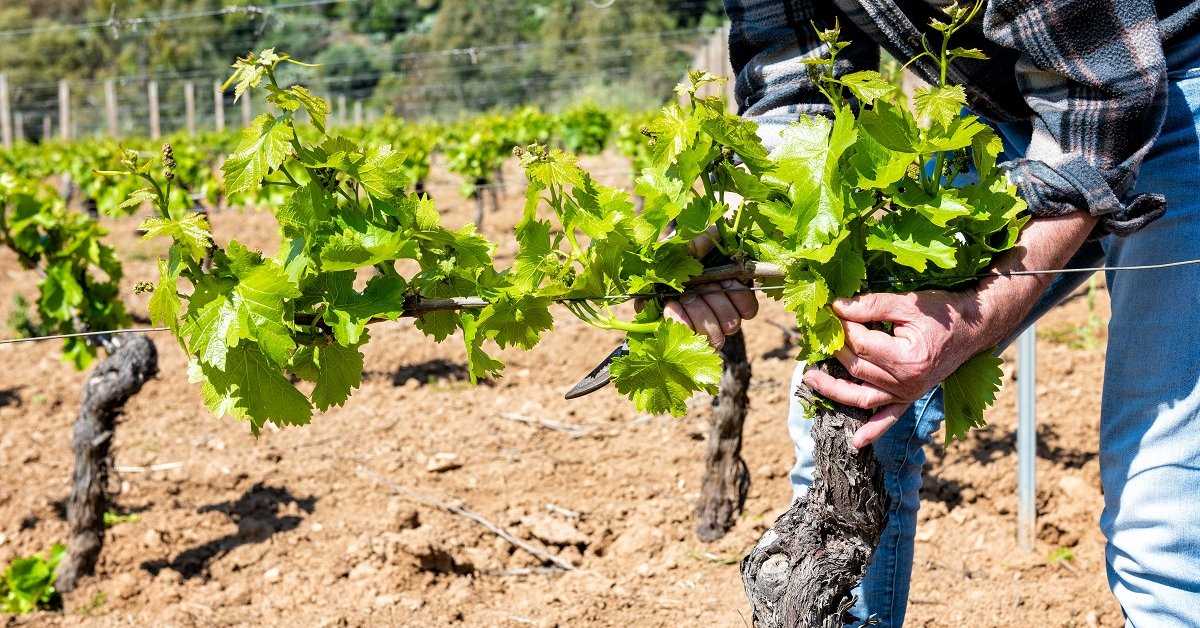
Перед началом цветения винограда необходимо обеспечить его защиту от различных болезней и вредителей. Для этого можно провести обработку растения специальными препаратами, которые предотвратят возникновение и распространение патогенных организмов. Также стоит осуществлять регулярный осмотр винограда и удаление пораженных или больных частей растения.
Таким образом, перед началом цветения винограда необходимо правильно ухаживать за ним, проводить подготовку почвы, обрезку лоз, подвязывание и защиту от болезней. Это поможет растению развиться и дать хороший урожай.
Выбор места для посадки
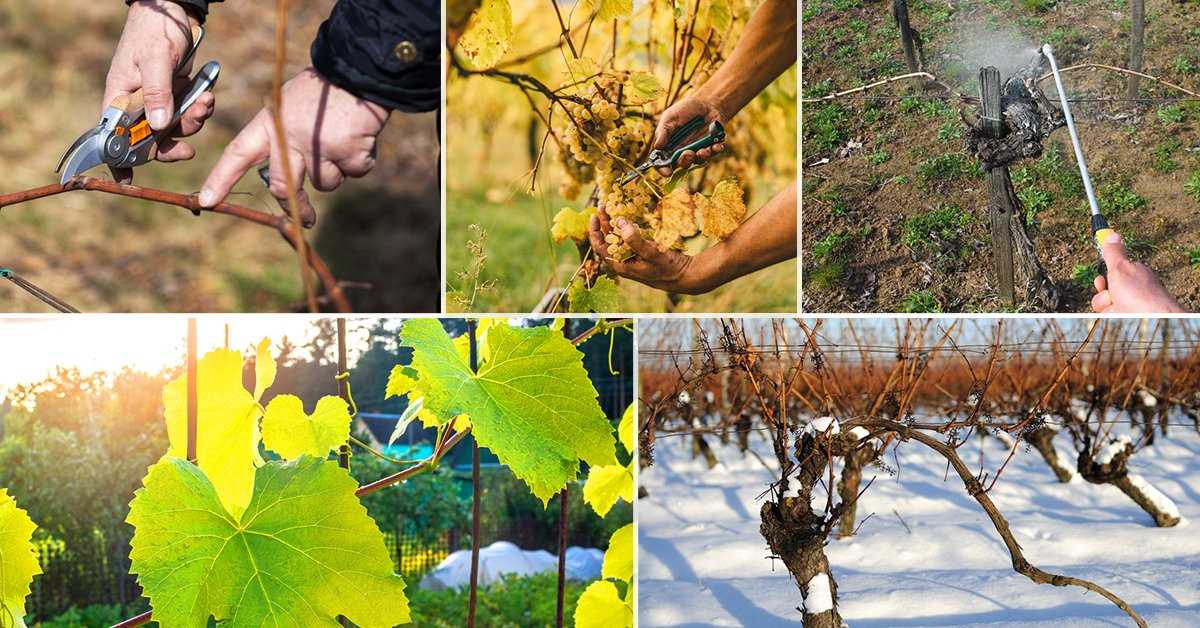
При выборе места для посадки винограда необходимо учесть несколько факторов, чтобы обеспечить ему оптимальные условия для роста и развития.
Микроклимат
Виноград предпочитает солнечные места, поэтому выберите участок, где он будет получать достаточно солнечного света. Он должен быть защищен от сильных ветров, чтобы не повредить нежные побеги и листья.
Почва
Почва должна быть плодородной, хорошо дренированной и не иметь застоя воды. Виноград не терпит заболачивания и может подвергаться риску различных заболеваний, если корни находятся в постоянной влаге.
Также учтите кислотность почвы – она должна быть нейтральной или слабокислой. Виноград не выносит кислых почв, которые могут вызывать заболевания и ослабление растения.
Расстояние между растениями
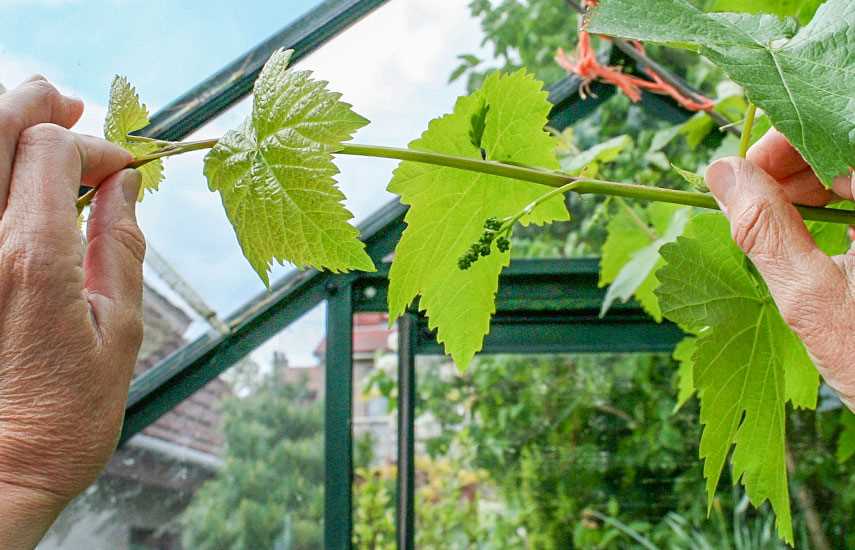
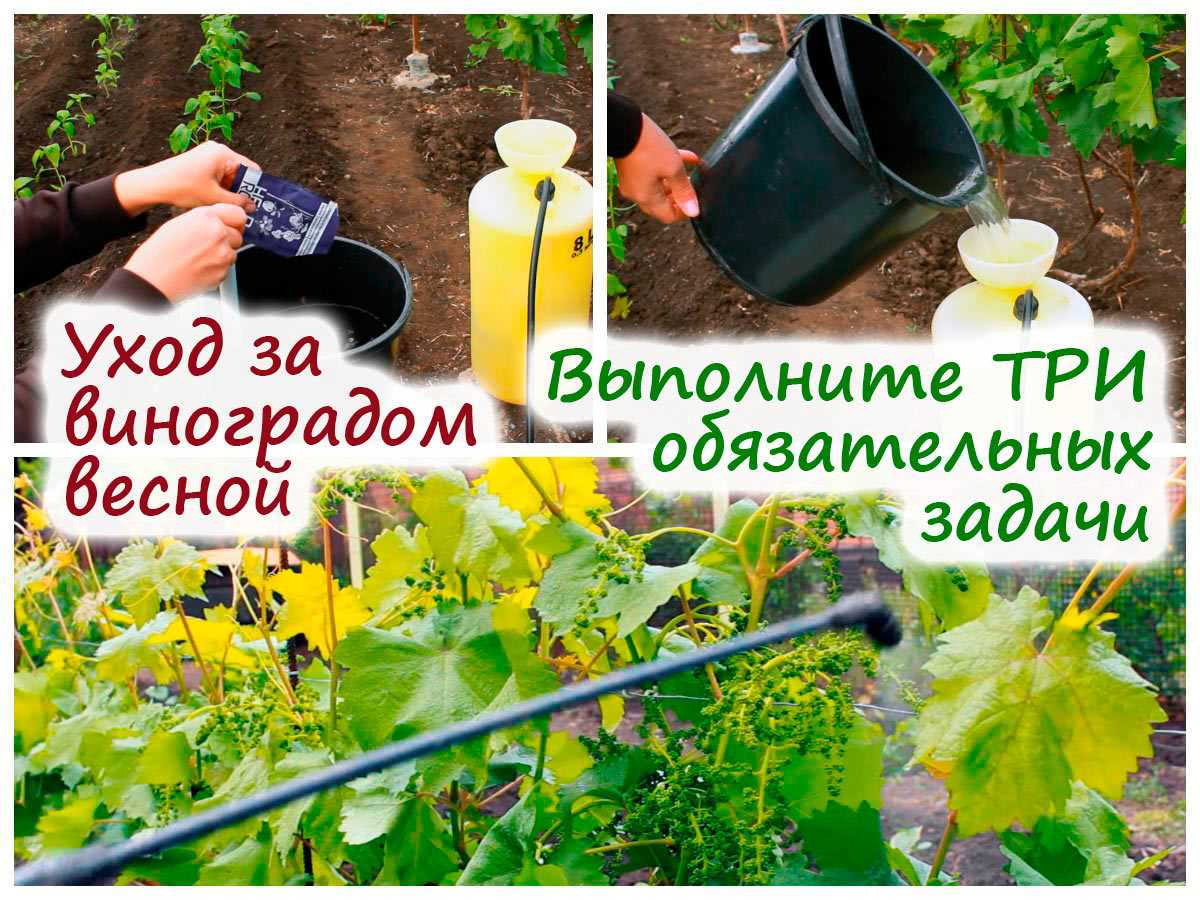
При посадке виноградных растений нужно учесть их размеры и расстояние, которое они займут взрослые растения. Обычно рекомендуется оставлять расстояние от 1.5 до 2 метров между растениями, чтобы они имели достаточно места для роста и развития.
Также учтите, что винограду необходимо поддерживать, поэтому оставьте достаточное пространство для установки опор и подвязки растений.
Подготовка почвы
Уход за виноградом до начала цветения включает в себя не только обрезку растений и подкормку, но и подготовку почвы для оптимального развития винограда. Правильная подготовка почвы — это залог успешного выращивания винограда и получения обильного урожая.
Удаление сорняков
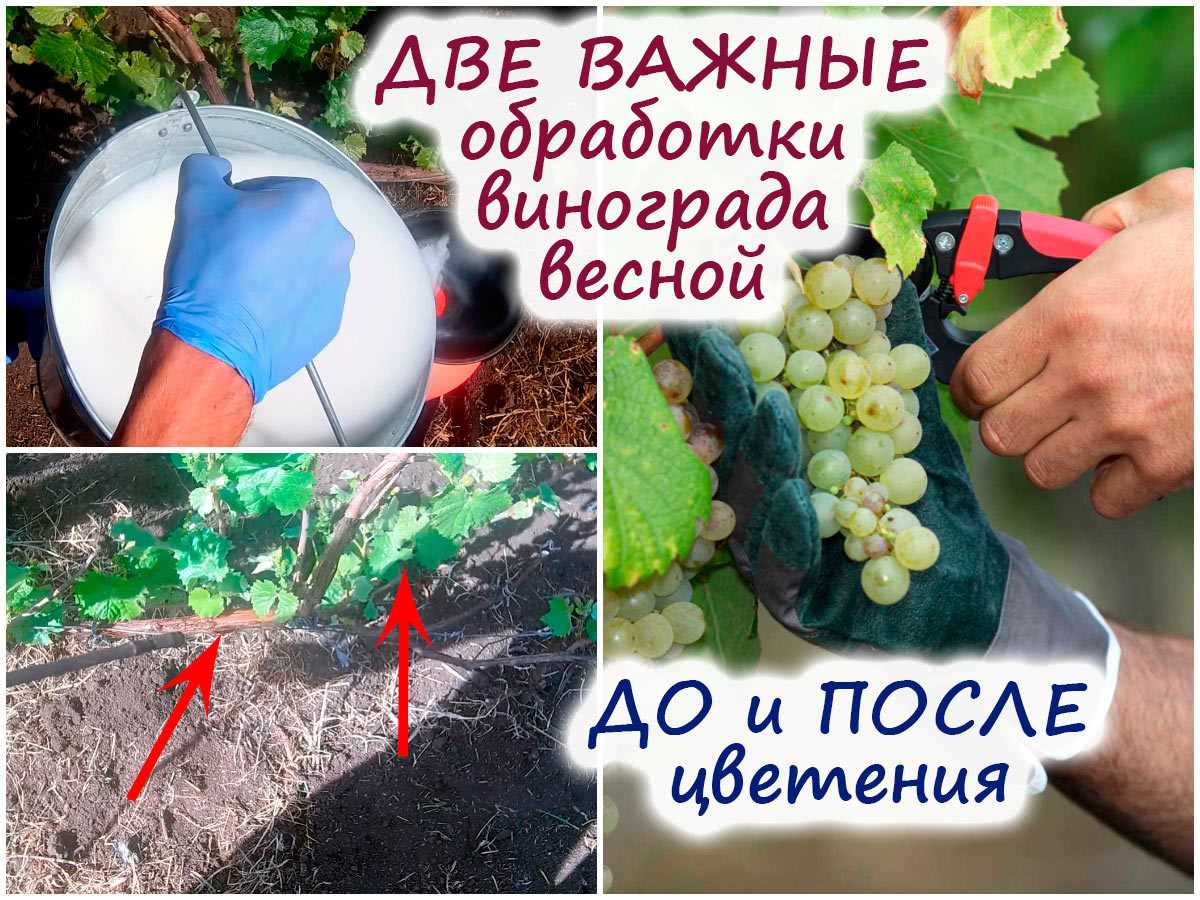
Одним из первых шагов в подготовке почвы является удаление сорняков и побегов, которые могут конкурировать с виноградом за питательные вещества и влагу. При удалении сорняков необходимо проявлять осторожность, чтобы не повредить корни винограда.
Определение pH почвы
Правильный уход за виноградом включает контроль и поддержание оптимального pH почвы. Виноград предпочитает слабокислотные почвы с pH около 6-6,5. Если pH почвы ниже или выше этого значения, необходимо принять меры для корректировки pH. Для повышения pH можно использовать известь, для понижения — серу.
Как видно из вышесказанного, подготовка почвы перед началом цветения винограда является важным этапом ухода за растением. Правильная подготовка почвы позволит обеспечить винограду необходимые питательные вещества, влагу и оптимальные условия для роста и развития. Следуя указанным рекомендациям, вы сможете получить отличный урожай винограда и наслаждаться его вкусом и ароматом.
Выбор сорта винограда
При выборе сорта винограда для выращивания важно учитывать условия климата и почвы вашего региона. Некоторые сорта требуют больше тепла и солнечного света, другие могут быть более устойчивы к холоду и влаге. Также стоит учесть предпочтения вкуса и назначение ягод — для свежего употребления, консервирования или производства вина.
Как правило, сорта винограда делят на столовые и технические. Столовые сорта предназначены для потребления в свежем виде, они обладают отличным вкусом и ароматом. Технические сорта, в свою очередь, обладают более плотной мякотью и кожицей, что делает их идеальными для производства вина.
Важно выбрать сорт, который будет хорошо расти и плодоносить в вашем регионе. Узнайте у местных садоводов или специалистов, какие сорта наиболее подходят для вашей климатической зоны. Также обратите внимание на устойчивость сорта к болезням и вредителям, чтобы ухаживать за виноградом было легче и эффективнее.
Не забывайте, что уход за виноградом требует времени и усилий. Выберите сорт, который соответствует вашим возможностям и ожиданиям, чтобы получить хороший урожай и наслаждаться вкусными ягодами.
Подготовка саженцев
Правила ухода
Подготовка саженцев перед началом цветения винограда является важным этапом ухода за растением. Прежде всего, необходимо правильно выбрать и приобрести саженцы. Они должны быть здоровыми, без видимых повреждений и сильными корнями.
Как только саженцы приобретены, их необходимо аккуратно пересадить в постоянное место роста. Земля должна быть хорошо увлажнена и рыхлой. Саженцы следует посадить на определенном расстоянии друг от друга, чтобы обеспечить им достаточное пространство для роста и развития.
Удобрение и полив
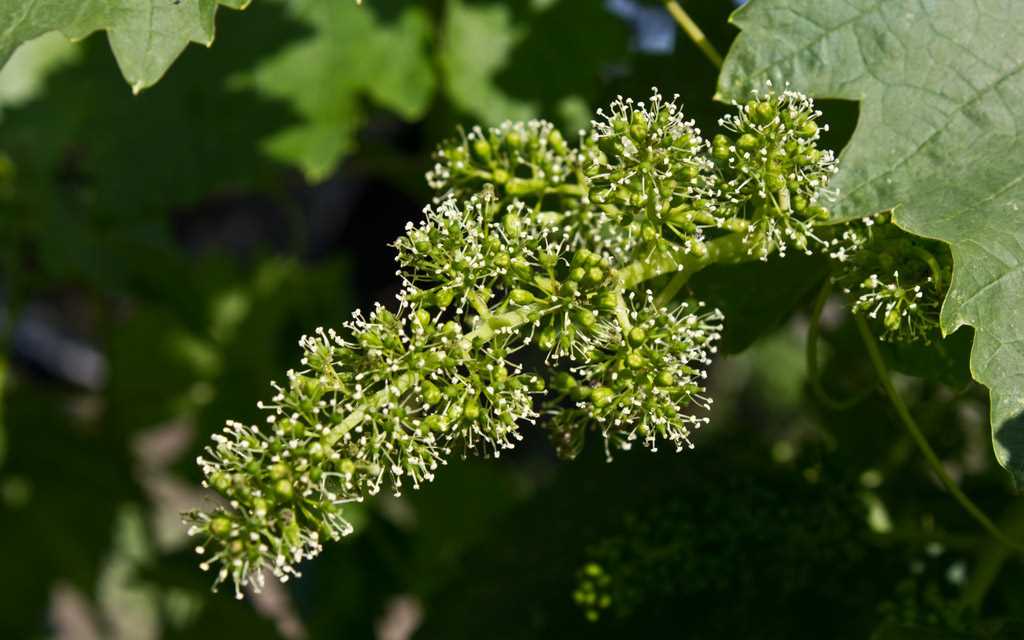
Так стоп!!! Вы всё ещё не подписаны на наши каналы в Телеграмм и Дзен? Посмотрите: ТГ - (@historyfantasydetectivechat) и Дзен (https://dzen.ru/myshortsstorys)
После посадки саженцев необходимо удобрить почву. Для этого можно использовать органические или минеральные удобрения. Удобрение поможет растениям получить необходимые питательные вещества для роста и развития.
Кроме того, важно следить за поливом саженцев. Виноград любит умеренное увлажнение, поэтому не стоит переливать его водой. Регулярные поливы помогут сохранить оптимальный уровень влаги в почве и способствуют активному росту растений.
Правила посадки виноградом
Правильная посадка и уход за виноградом до начала цветения являются ключевыми моментами успешного выращивания этого растения. Следует учитывать несколько важных правил.
Выбор места для посадки
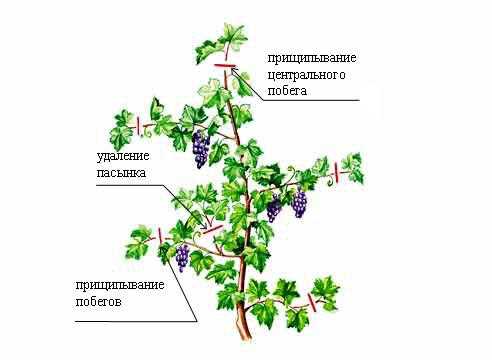
Виноград предпочитает солнечные места, защищенные от холодных ветров. Он нуждается в достаточном освещении для нормального роста и развития. Поэтому выберите место с открытым доступом к солнцу и защитой от ветров.
Подготовка почвы
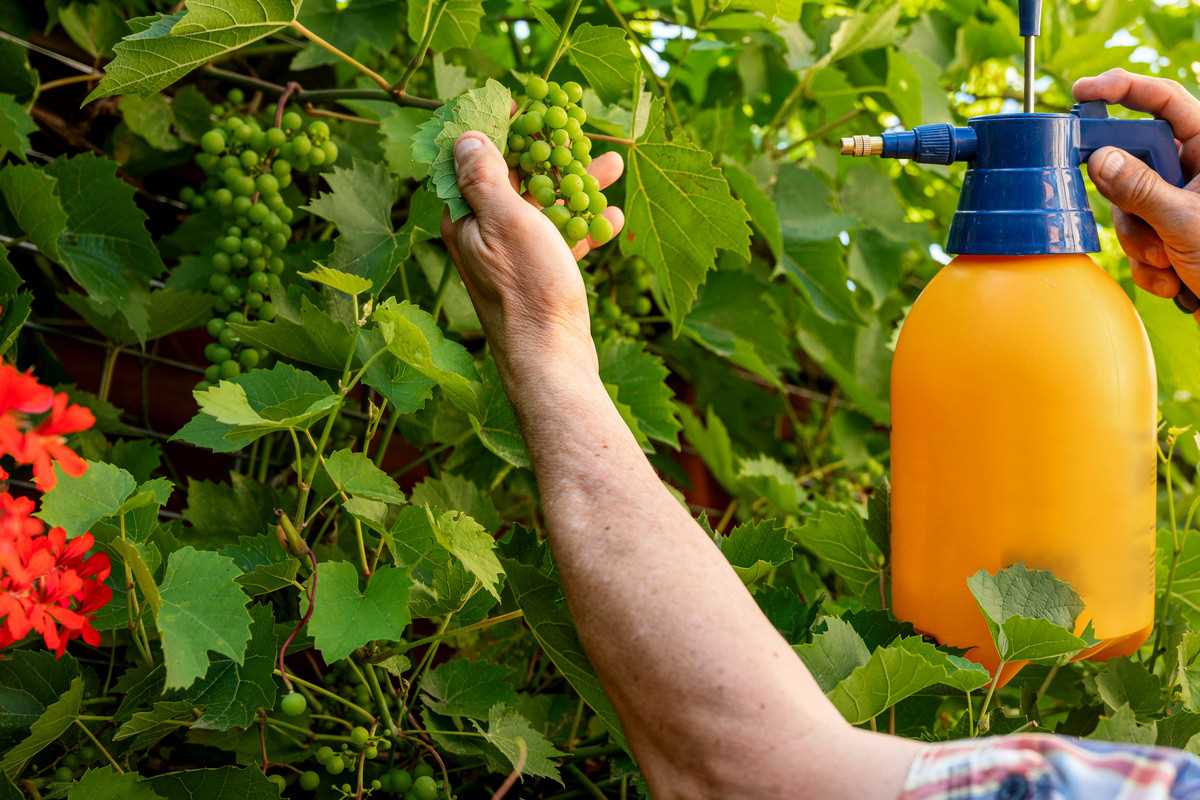
После выбора места необходимо подготовить почву. Виноград предпочитает хорошо дренированные почвы с нейтральным pH. Поэтому перед посадкой рекомендуется провести анализ почвы и внести необходимые поправки, чтобы достичь оптимального уровня pH и обеспечить хорошую вентиляцию корней.
Расстояние между растениями
Расстояние между растениями в ряду должно быть около 2-3 метров, а между рядами — около 2-3 метров. Это позволит растениям иметь достаточно места для роста и развития, а также обеспечит удобство ухода за ними.
Подкормка и полив
Важной частью ухода за виноградом является регулярная подкормка и полив. Подкормку проводят весной и осенью специальными удобрениями для винограда. Полив должен быть регулярным и достаточным, чтобы предотвратить пересыхание почвы.
Опоры для винограда
Винограду необходимы опоры для правильного роста и распределения ветвей. Для этого можно использовать металлические или деревянные опоры, а также провести горизонтальные или вертикальные подпорки, чтобы обеспечить поддержку растения.
Организация опоры для винограда
Один из важных аспектов ухода за виноградом до начала цветения — это организация опоры. Опора играет ключевую роль в росте и развитии виноградных лоз, обеспечивая поддержку для их плодоношения.
Как правило, опора для винограда устанавливается до начала вегетационного периода. Она помогает распределить вес растения равномерно, предотвращая его опрокидывание на землю и растущую культуру.
Для создания опоры можно использовать различные материалы, такие как металлические столбы, деревянные балки или сетки. Важно подобрать оптимальную высоту и расстояние между опорами, чтобы обеспечить достаточное пространство для роста и развития лоз.
Организация опоры для винограда также включает правильное прикрепление растений к ней. Часто для этого используются специальные пластиковые или металлические клипсы. Они позволяют фиксировать побеги лозы, облегчая их вертикальное расположение.
Важно отметить, что организация опоры для винограда должна быть выполнена до начала цветения, чтобы не повредить растение и не нарушить его рост. Это позволит создать оптимальные условия для будущего развития и плодоношения виноградных лоз.
Защита от болезней и вредителей
Правильный уход за виноградом до начала цветения играет важную роль в предотвращении болезней и защите от вредителей. В этот период особенно важно обратить внимание на профилактику возможных заболеваний и вредителей.
Профилактика болезней
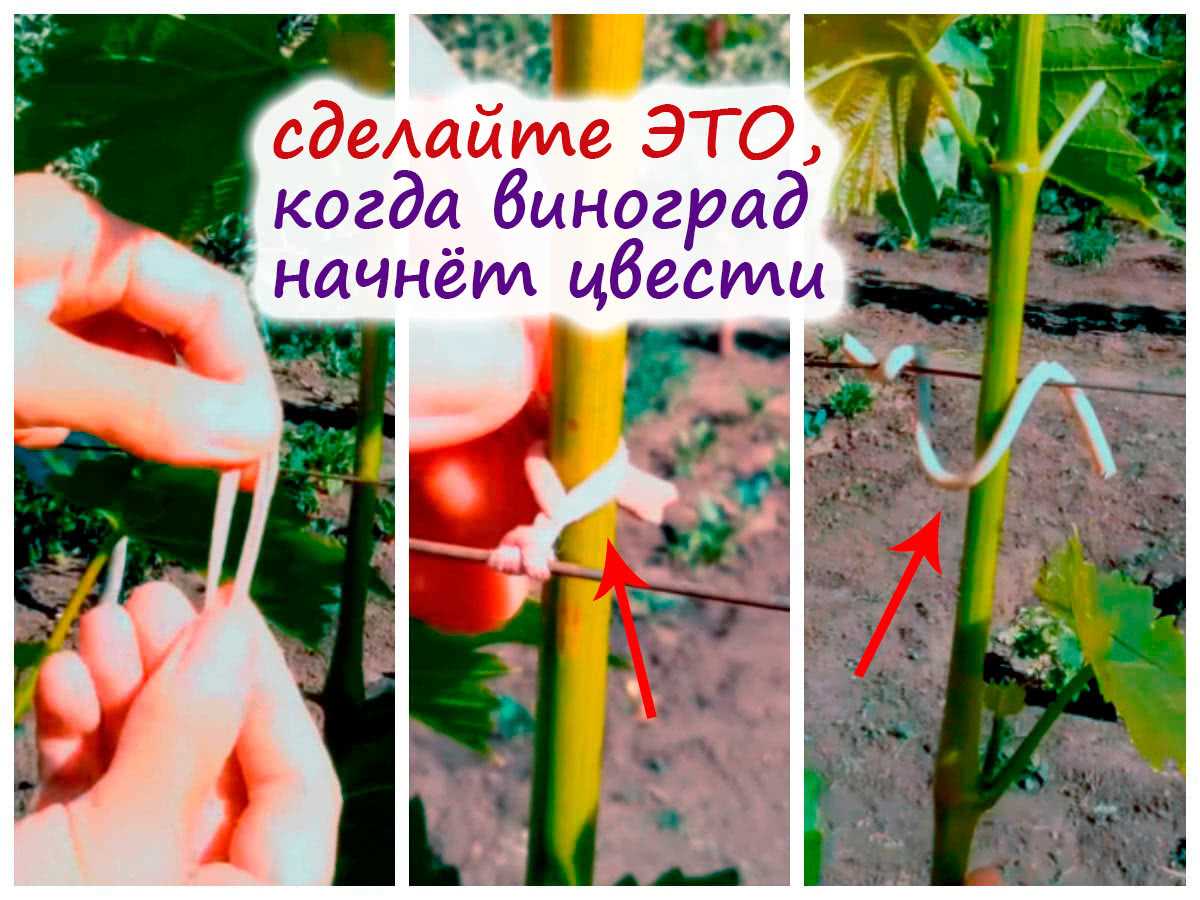
Для предотвращения болезней винограда следует регулярно осуществлять обработку растений. Необходимо применять специальные фунгициды, которые помогут бороться с грибковыми инфекциями. Особое внимание следует уделить обработке плодовых кустов, лоз и почвы вокруг них. Регулярное применение препаратов поможет предотвратить развитие болезней и сохранить растение здоровым.
Борьба с вредителями
Для защиты от вредителей необходимо ухаживать за виноградом до начала цветения. Защитные мероприятия включают проведение обработки растений инсектицидами, которые помогут бороться с вредными насекомыми. Также рекомендуется регулярно осуществлять осмотр растений на предмет наличия вредителей и принимать меры по их уничтожению. При обнаружении вредителей необходимо незамедлительно принять меры по их борьбе, чтобы избежать урона для растения.
Подкормки и полив
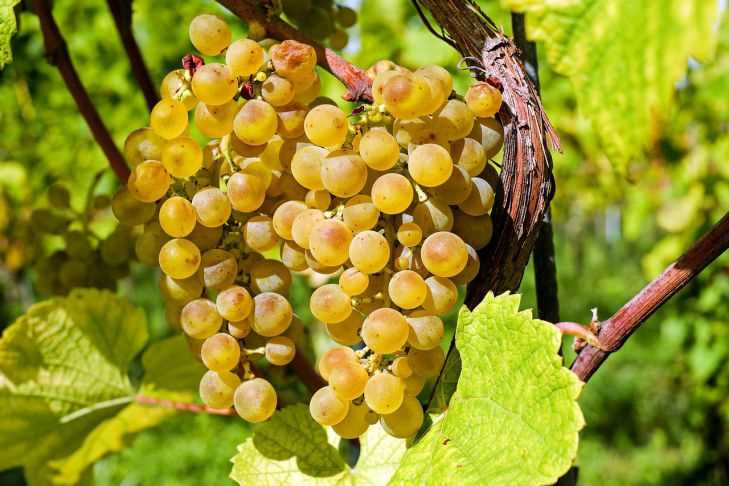
Как ухаживать за виноградом до начала цветения? Одним из важных аспектов ухода за виноградом является подкормка. В период до цветения растение активно растет и развивается, поэтому необходимо обеспечить ему достаточное количество питательных веществ. Для этого рекомендуется проводить подкормки.
Основными элементами, которые необходимо вносить в почву для подкормки винограда, являются азот, фосфор и калий. Азот способствует росту зеленой массы растения, фосфор улучшает корневую систему, а калий повышает устойчивость винограда к болезням и вредителям.
Кроме подкормки, важным аспектом ухода за виноградом до начала цветения является полив. В этот период растение нуждается в достаточном количестве влаги, чтобы активно расти и развиваться. При недостатке влаги виноград может остановить свой рост и развитие. Полив рекомендуется проводить регулярно, особенно в сухие и жаркие периоды.
Формирование куста
Формирование куста является одним из важных этапов ухода за виноградом до начала цветения. Этот процесс помогает обеспечить правильное развитие растения и улучшить урожайность.
Как формировать куст винограда? Существует несколько методов. Один из них — это обрезка лишних побегов и выравнивание основных ветвей. Для этого необходимо удалить все побеги, растущие за пределами заданной рамы, а также побеги, которые растут внутри куста и мешают воздушному обмену.
До начала цветения также рекомендуется обрезать концы основных ветвей, чтобы ускорить их развитие. Такой прием поможет создать более компактный и устойчивый куст. Однако, не стоит переборщить с обрезкой, чтобы не повредить растение.
Помимо обрезки, следует уделить внимание формированию куста при помощи повязки. Для этого можно использовать специальные подпорки или жгуты. Они помогут держать ветви в нужном положении и предотвратят их перекручивание или повреждение.
Поддержание оптимального микроклимата
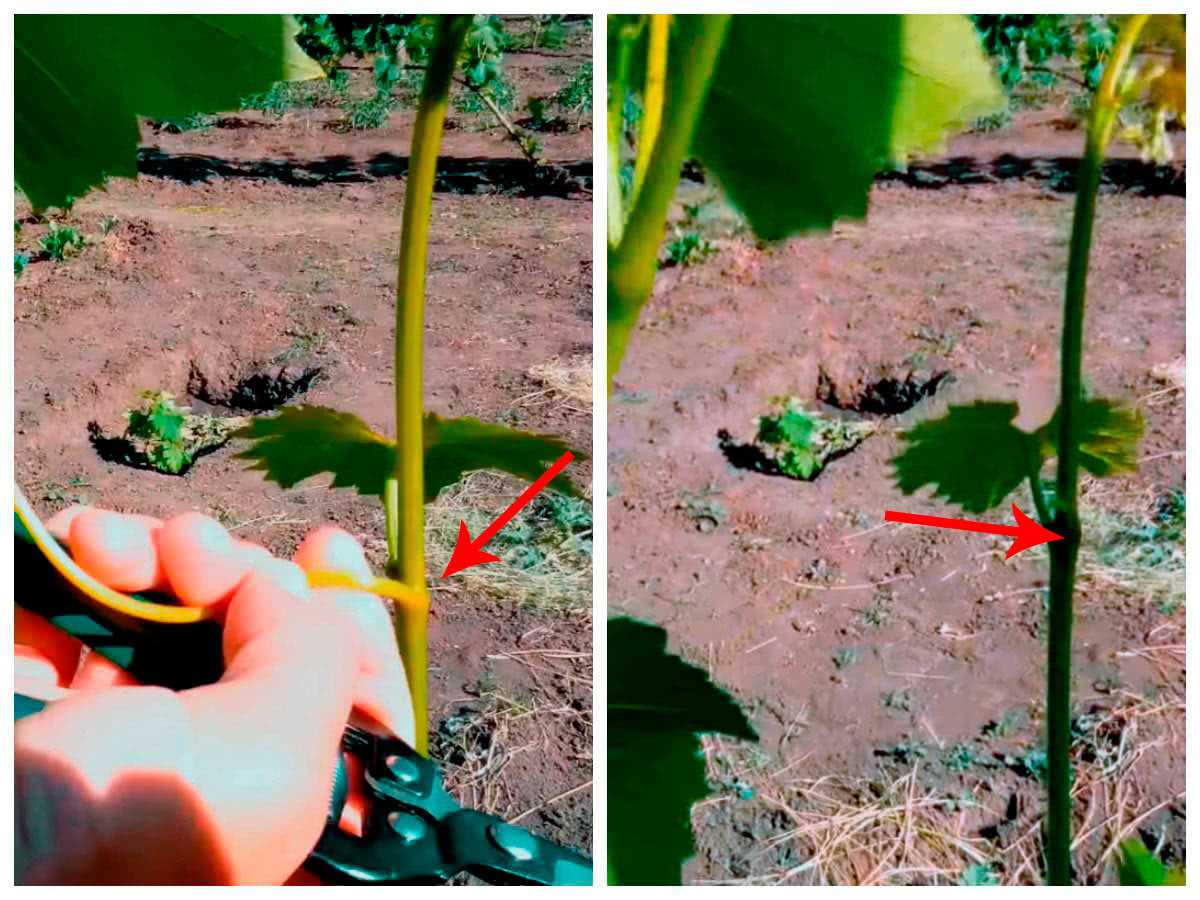
Ухаживать за виноградом до начала цветения важно, как для его общего здоровья, так и для успешного созревания плодов. Одним из ключевых аспектов ухода за виноградом является поддержание оптимального микроклимата вокруг растения.
Для того чтобы виноград мог нормально расти и развиваться, необходимо обеспечить ему достаточное количество света. Положительно влияет на рост винограда устойчивый солнечный свет, поэтому рекомендуется выбирать место для посадки винограда с хорошей освещенностью.
Также следует обратить внимание на вентиляцию. Виноград не любит скопление влаги вокруг себя, поэтому необходимо обеспечить ему нормальный воздушный обмен. Для этого можно создать дополнительные вентиляционные отверстия или выбрать место для посадки, где воздух свободно циркулирует.
Для поддержания оптимального микроклимата вокруг винограда также рекомендуется проводить полив. Важно следить за уровнем влажности почвы и поддерживать ее на необходимом уровне. При этом стоит помнить, что виноград не переносит стоячую влагу, поэтому избегайте переувлажнения почвы.
И наконец, стоит отметить, что поддержание оптимального микроклимата вокруг винограда поможет предотвратить развитие болезней и вредителей. Устойчивые и здоровые растения лучше справляются с нападением вредителей и болезней, поэтому поддержание оптимального микроклимата является важной составляющей ухода за виноградом.
Вопрос-ответ:
Какие основные мероприятия нужно провести для ухода за виноградом до начала цветения?
До начала цветения винограда необходимо провести ряд мероприятий, включающих подкормку растений, обрезку побегов и проведение защитных мероприятий от вредителей и болезней.
Как правильно подкормить виноград до начала цветения?
Для подкормки винограда до начала цветения рекомендуется использовать органические и минеральные удобрения. Органические удобрения, такие как перегной, компост или птичий помет, можно вносить в землю вокруг кустов. Минеральные удобрения следует применять с учетом вида почвы и состояния растений.
Какую обрезку провести у винограда до начала цветения?
До начала цветения винограда необходимо провести обрезку побегов. В первую очередь следует удалить все замерзшие и поврежденные побеги. Затем нужно оставить только несколько самых сильных и здоровых побегов, которые будут служить основой для развития растения.
Какие защитные мероприятия нужно провести для винограда до начала цветения?
Для защиты винограда от вредителей и болезней до начала цветения необходимо провести обработку растений специальными препаратами. Например, можно использовать инсектициды для борьбы с вредителями, а также фунгициды для предотвращения развития грибковых заболеваний.
Как часто нужно поливать виноград до начала цветения?
До начала цветения винограда необходимо умеренно поливать. Частота полива зависит от погодных условий и состояния почвы. Регулярный полив помогает обеспечить растения достаточным количеством влаги для нормального роста и развития.

